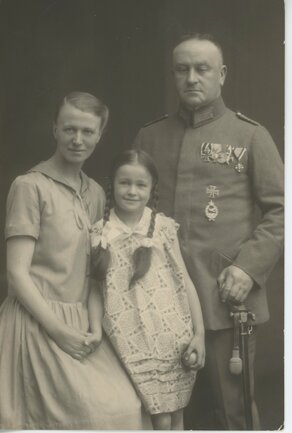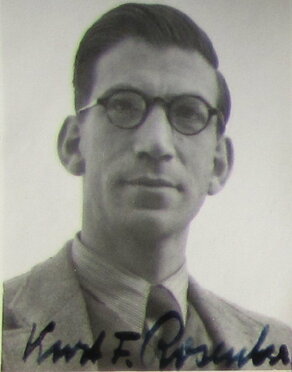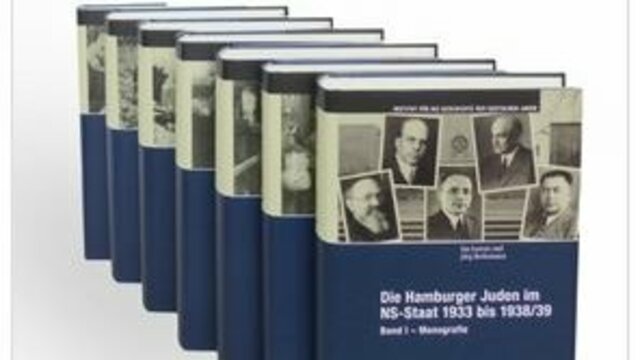Much has been written about the historical turning point of 1933, which ended the democratic experiment of Weimar and ushered in what was arguably the most calamitous period in modern German history, ultimately culminating in the catastrophe of World War II and the Holocaust. Yet we know little about the immediate impressions and reactions of contemporaries at the time. Therefore, the eightieth anniversary of the Nazi takeover on 30 January 2013 has served in this case as an opportunity to look more closely at these contemporary perceptions. How did Hamburg residents at the time react to the events of 1933? Did they perceive them as a profound break in their political and personal lives? What changes in everyday social and political life did they register, how did they deal with the demands and requirements that the new regime soon placed on them? Did hope and enthusiasm dominate, or did oppression, fear of persecution, and gloomy forebodings dominate the scene? A look at four contemporary diaries (by Louise Solmitz, Kurt F. Rosenberg, Cornelius Freiherr von Berenberg-Goßler, and Nikolaus Sieveking) reveals a broad spectrum of basic attitudes, behaviors, perceptions, and opinions that were soon reflected only rudimentarily in the “forcibly coordinated” (gleichgeschaltete) press. Attitudes and perceptions naturally depended very much on the political preferences of the diarists, their social background and, not least, their “racial” status, which, according to the will of the Nazi rulers, was by then of central importance.
The project concluded with the publication by Frank Bajohr / Beate Meyer / Joachim Szodrzynski (eds.), Bedrohung, Hoffnung, Skepsis. Vier Tagebücher des Jahres 1933 (“Threat, Hope, and Skepticism. Four Diaries From 1933”), Göttingen 2013.







